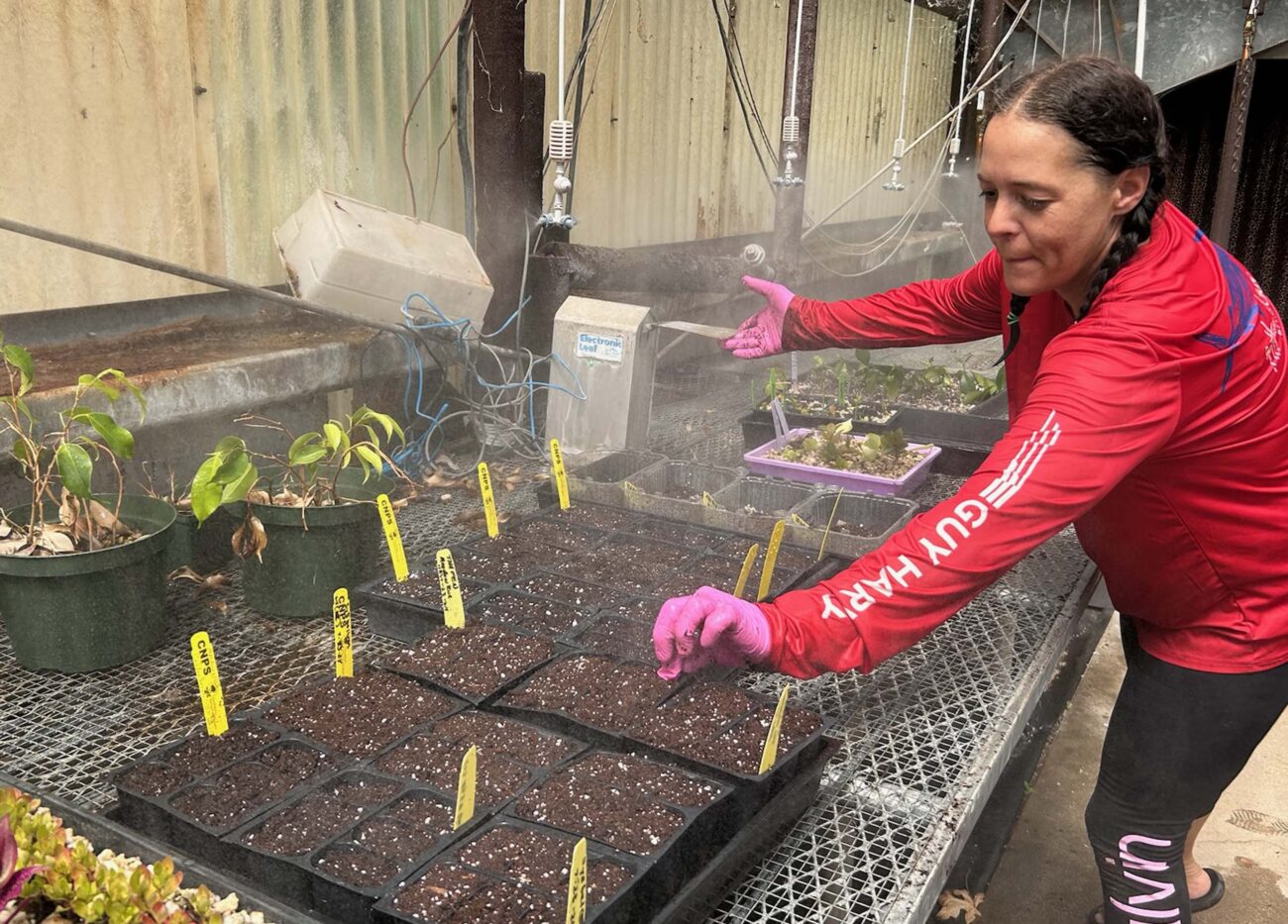
Photo taken by MaryAnn McCrary.
It has been wonderful this summer to have a Shasta College horticulture intern in the nursery. We introduced Nickey Watson in May as the 10-week summer session began (see Propagating for the Future). Nickey makes sure that the plants—all of them—get the water they need despite the sometimes-uneven irrigation. Aren’t all irrigation systems that way? They’re essential, and always need a plant-lover minding them for best results.
Our new arrangement with the College takes considerable work and worry out of the summer season and is even helping boost the diversity of species we can carry and offer for sale. Altogether, we got out to make small local seed collections on 4 of our 20 sessions. In addition to our healthy stock in gallons and half-gallons, we now have promising seeds in germination flats, where they get regular misting and are kept relatively cool by evaporative coolers.
In late August, the fall semester at Shasta College will begin and the horticulture team is hopeful that we can share our activities in the greenhouse again with an intern from the Horticulture Program. It is good to be a full partner with Shasta College in their mission to provide practical educational experiences for their students, and CNPS has always been dedicated to education about native plants. Shasta Chapter’s support for a horticulture intern supports our mission to both educate about natives and provide a high-quality, reliable source of native plants for local pollinator gardens and drought-tolerant, wildlife-friendly landscaping.
What has been happening most recently in the nursery? Although the thermometer almost broke at 118 degrees a few days after the 4th of July, our plants did surprisingly well, thanks again to the care of our intern! And now we are thinking ahead, to the cooler days of winter. Having some native berry-producing species in one’s landscape is always good for sustaining winter wildlife.
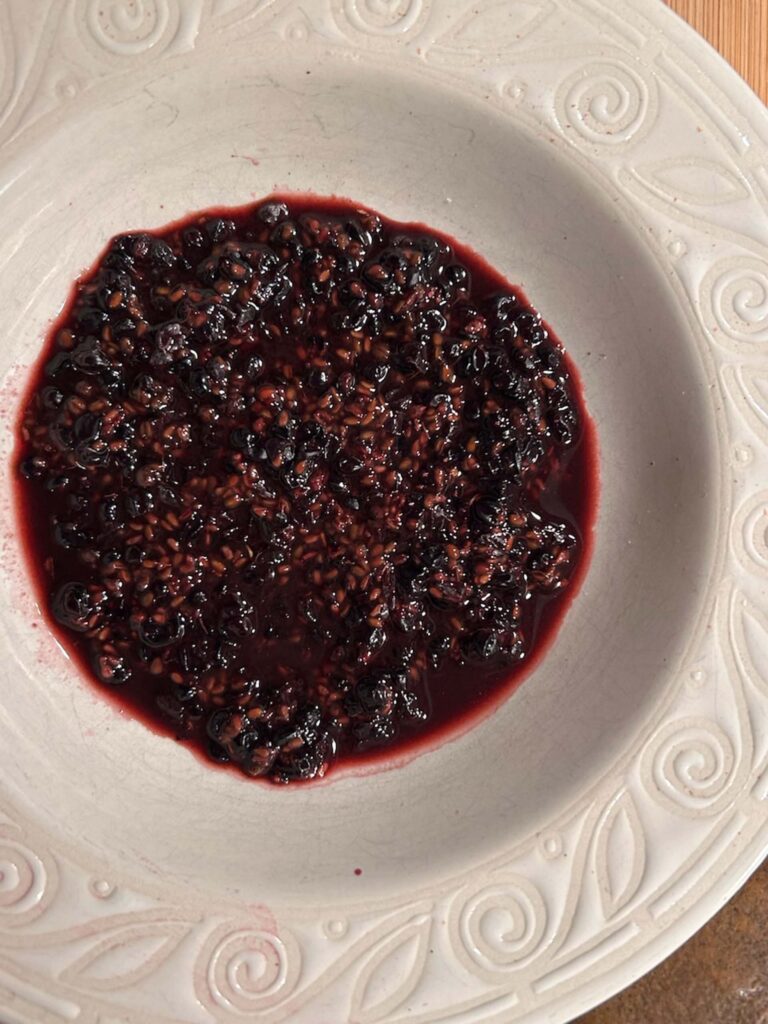
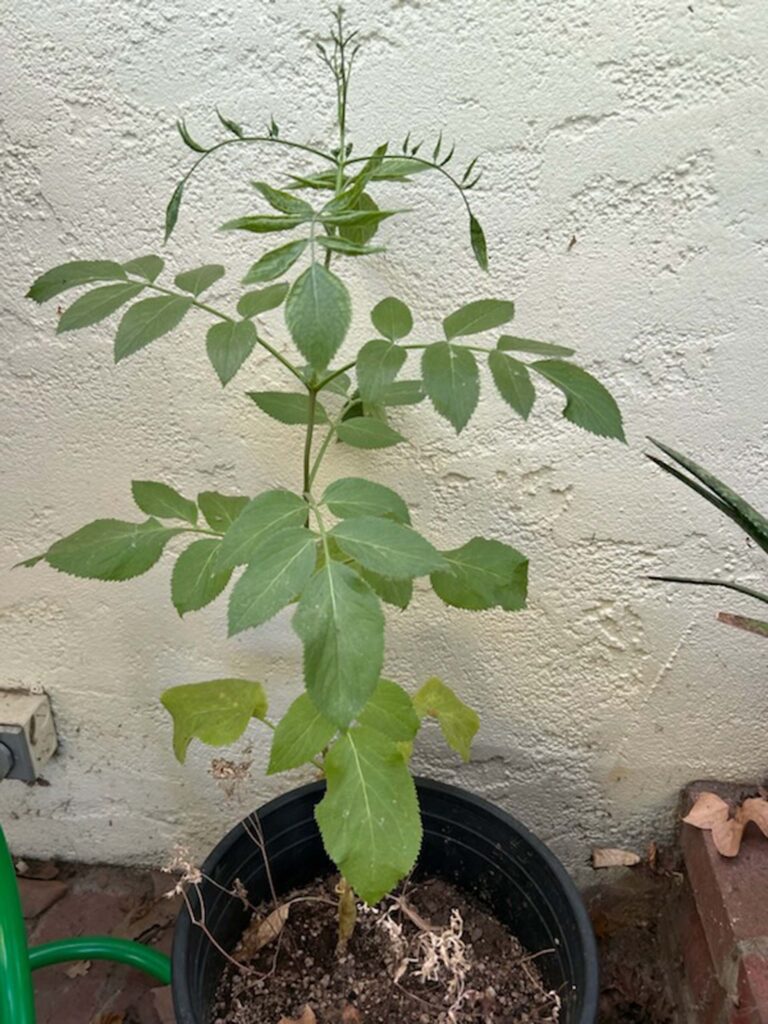
For example, my Oregon grape hedge is a favorite of western bluebirds in January. Toyon (the nursery is well-stocked) is a favorite with the robins that spill into Redding every year from the snowy mountains. Native berries that are not palatable or even edible for us (e.g., Oregon grape and coffeeberry) can be important staples for birds. With all this in mind, our nursery has collected fresh berries from a quartet of local species.
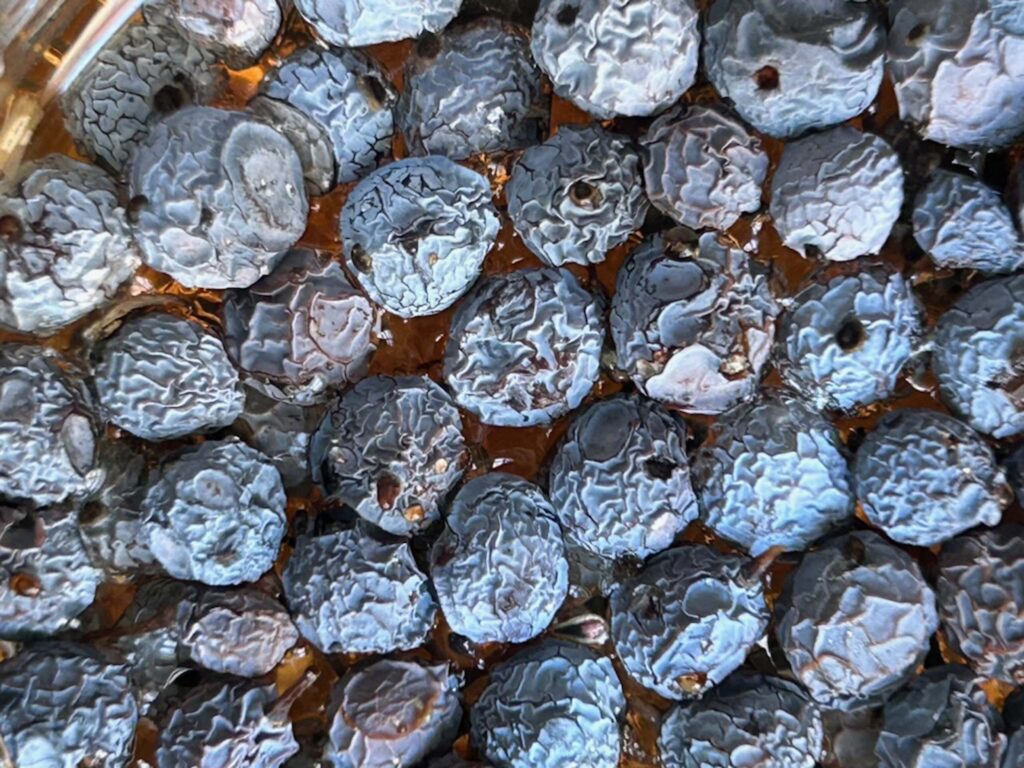
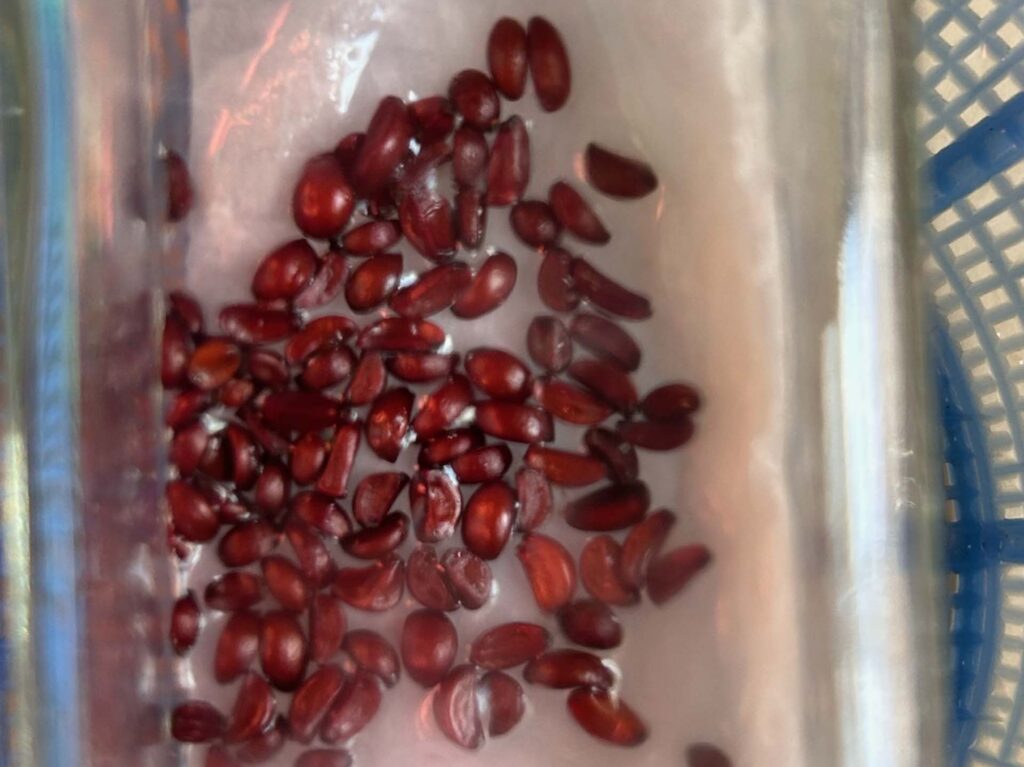
Germinating berry seeds is a process that can involve such things as acid treatment, to mimic passing through the gut of a mammal; or a long, cold, moist treatment to mimic winter conditions. But, in some cases, fresh berries germinate readily. We are venturing forth with Oregon grape, blue elderberry, California coffeeberry, and the unfairly named skunkbush, or Rhus aromatica. The red-orange skunkbush berries are used to make a refreshing “lemonade” and stems have been used by tribes in basketry. I have no idea how skunks and this shrub became connected. Maybe skunks like the berries too?
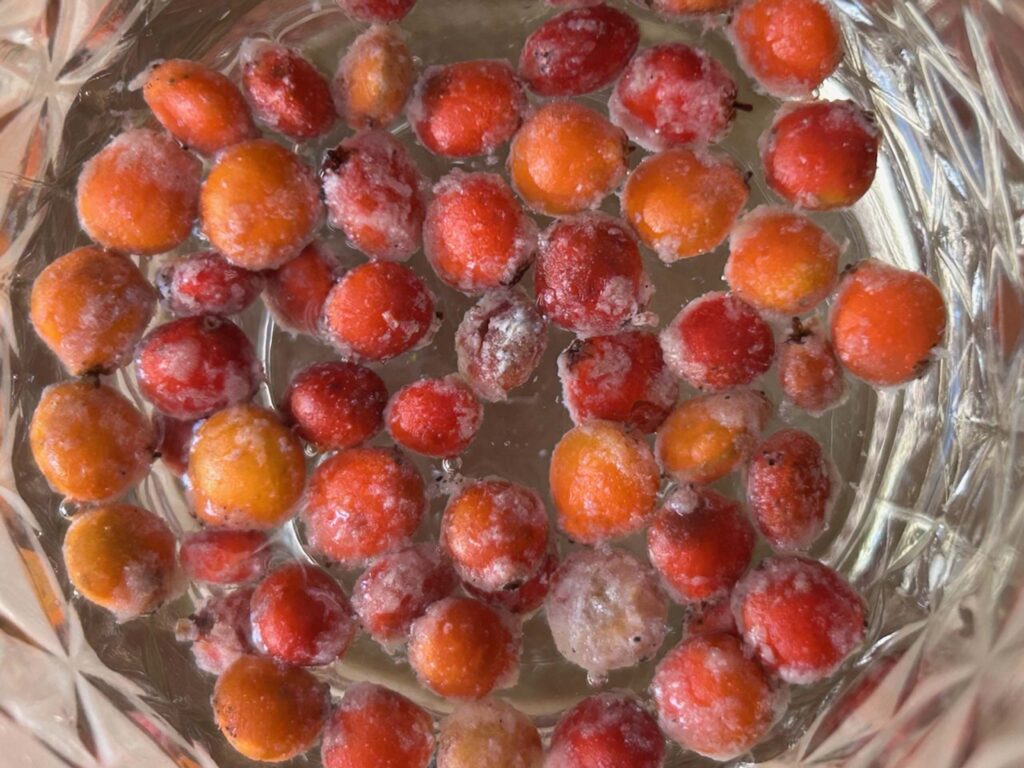
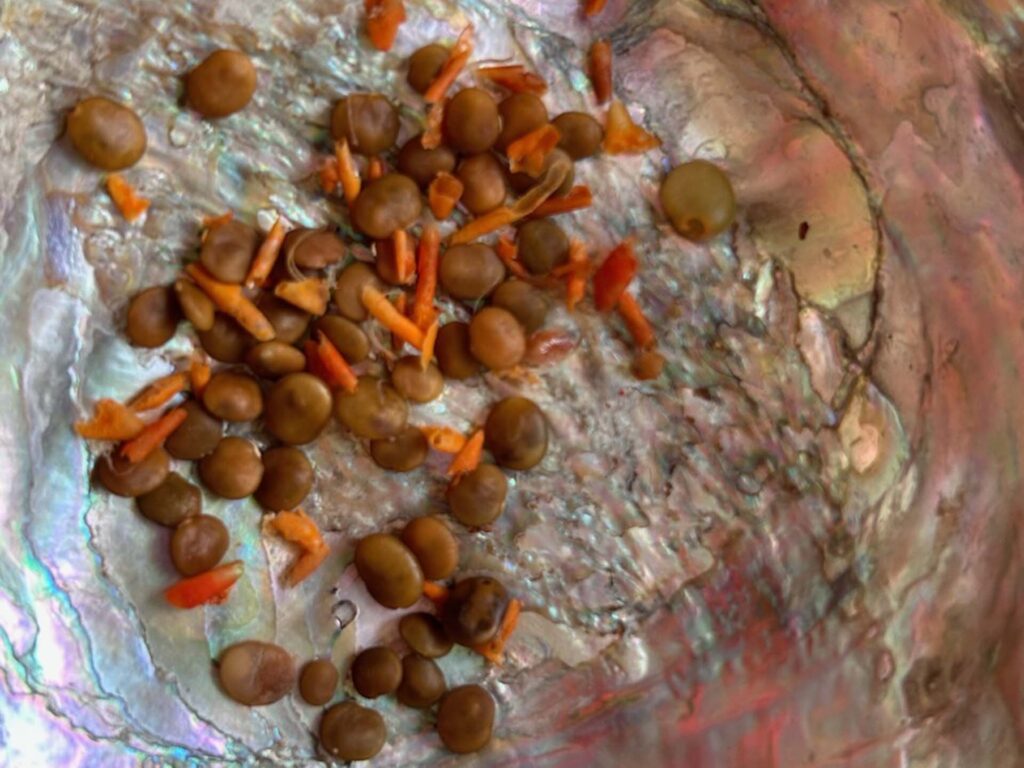
Blue elderberry had and has many tribal uses and is a very important provider of food and habitat for local wildlife. Oregon grape is better known for a yellow dye made from the roots for basketry than for human food value. Coffeeberries and all in the Buckthorn family (Rhamnaceae) are known to cause gastric disturbance. On a sweeter note, coffeeberry and its cousins, the many varieties of California lilac, support the ceanothus silkmoth, an incomparable beauty. All of these berry-producing shrubs will provide biodiversity for many years in your landscape far better than non-native shrubs. Look for them at future Shasta Chapter CNPS plant sales! ~MaryAnn McCrary
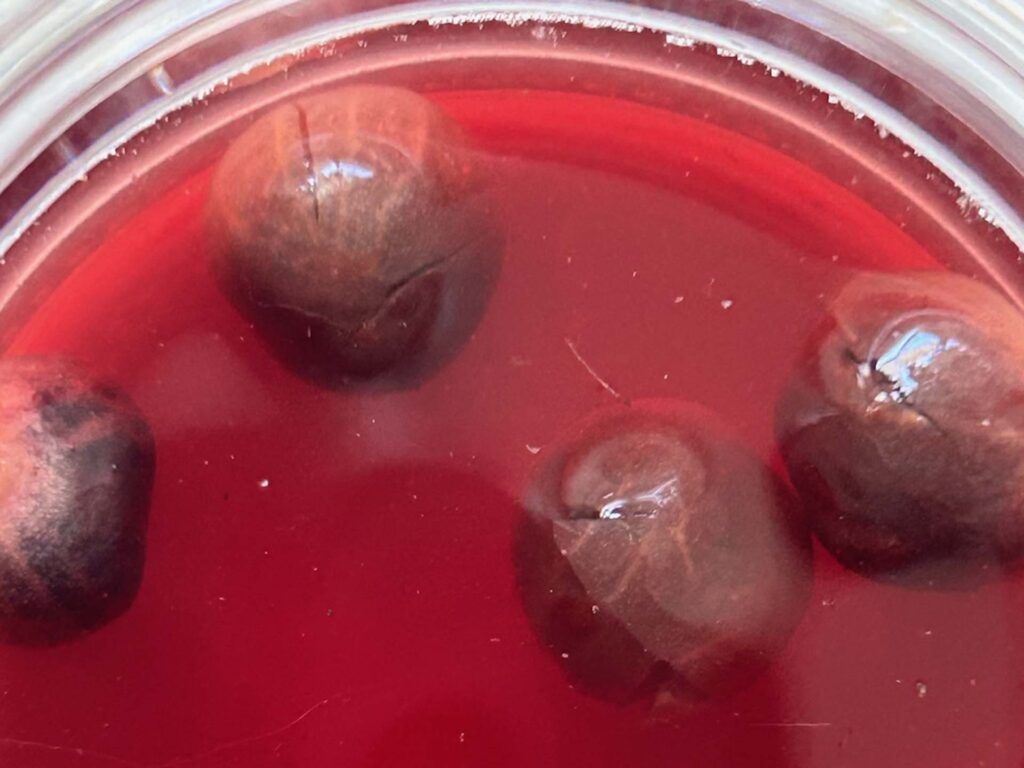
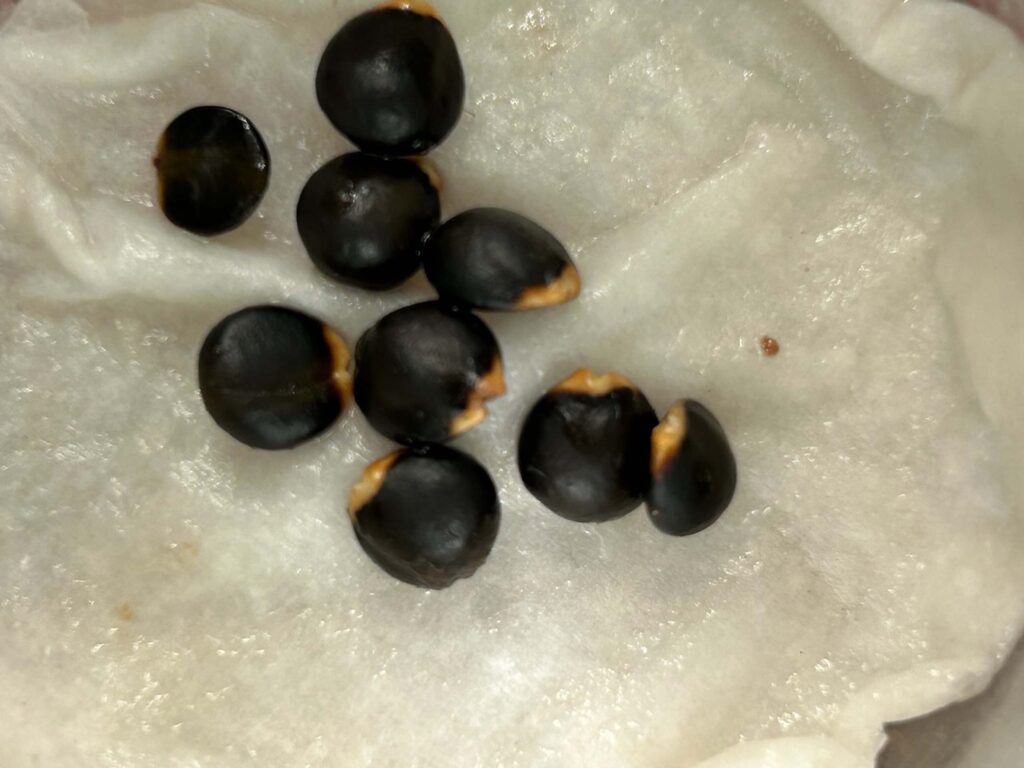
Photos by MaryAnn McCrary.
